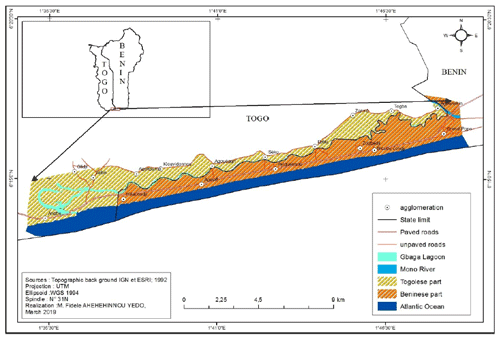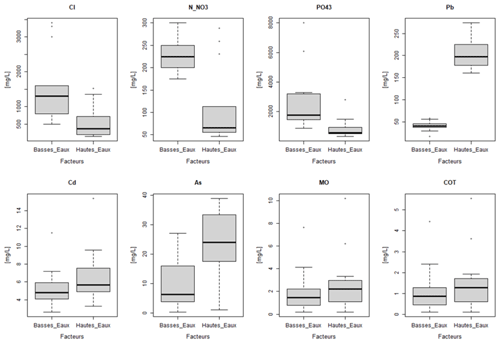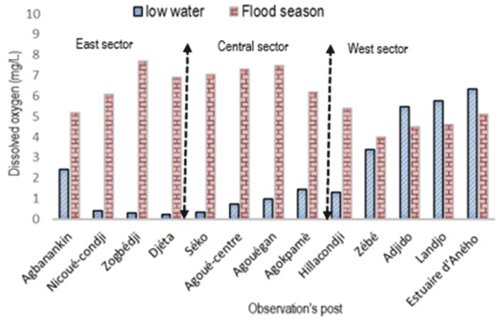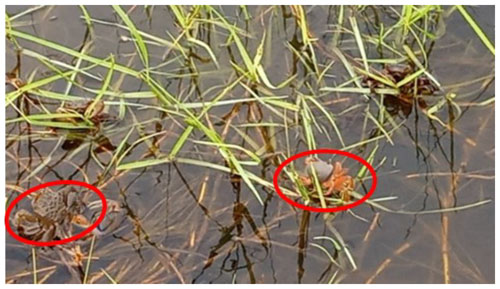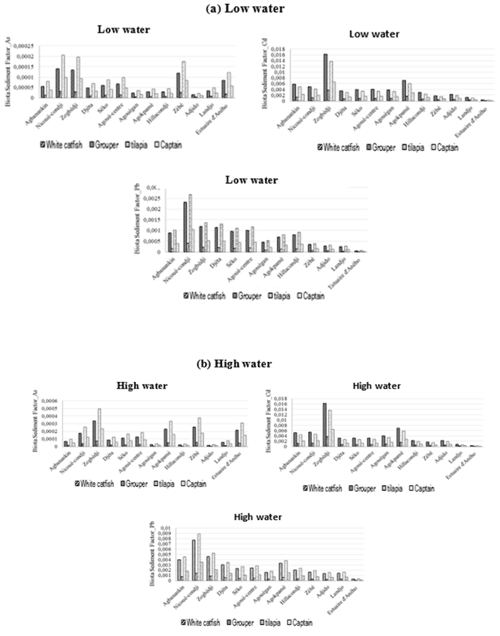Continental fishery and risk of contamination of the halieutic ecosystems in the gbaga lagoon channel (Benin-Togo coastal zone)
The coastal zones are areas where a very high number of lagoon-marine species reproduce, grow or transit, which are most often the object of halieutic exploitation. The present study aims to analyze the risk of contamination of fisheries ecosystems and its consequences on the evolution of aquatic resources in the coastal zone, more precisely from southwest Benin to southeast Togo. The methodology adopted is based on the collection and processing of raw data such as: hydrometric data, granulometric data, climatological data, data from fauna and flora inventories, completed by those from in situ measurements and those from laboratory analyses made from sediment samples and some species caught during fishing activities during the different hydrological seasons. The analysis of the results revealed that the pollution of the lagoon channel in Cd, As, Pb and some major ions such as Cl−, NO and PO are responsible for its eutrophication. Furthermore, organic matter and high concentrations of SS lead to the covering of aquatic environments, particularly spawning grounds and the smothering of eggs through the reduction of essential metabolic exchanges (oxygen and nutrient supply, evacuation of metabolic waste) through the reduction of the concentration of dissolved oxygen within the substrate. Trace element analysis in the flesh of Captain (Polydactylus quadrifilis), white grouper (Epinephelus aeneus), tilefish (Tilapia zillii), and white catfish samples revealed their trace element contamination levels. Behavioral effects (abandonment of shelter areas and avoidance reaction); sublethal effects (short-term reduction in feeding rate; minor physiological stress; increase in coughing frequency; increase in the breathing rhythm; moderate physiological stress; major; delayed hatching; reduced number of fish; mortality) were recorded. According to 89 % of the fishermen, the decrease of the fished fish species is registered during the dry periods, when the channel has a high level of contaminating heavy metals and major ions.






